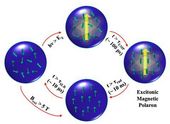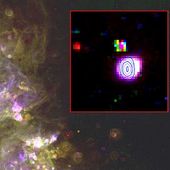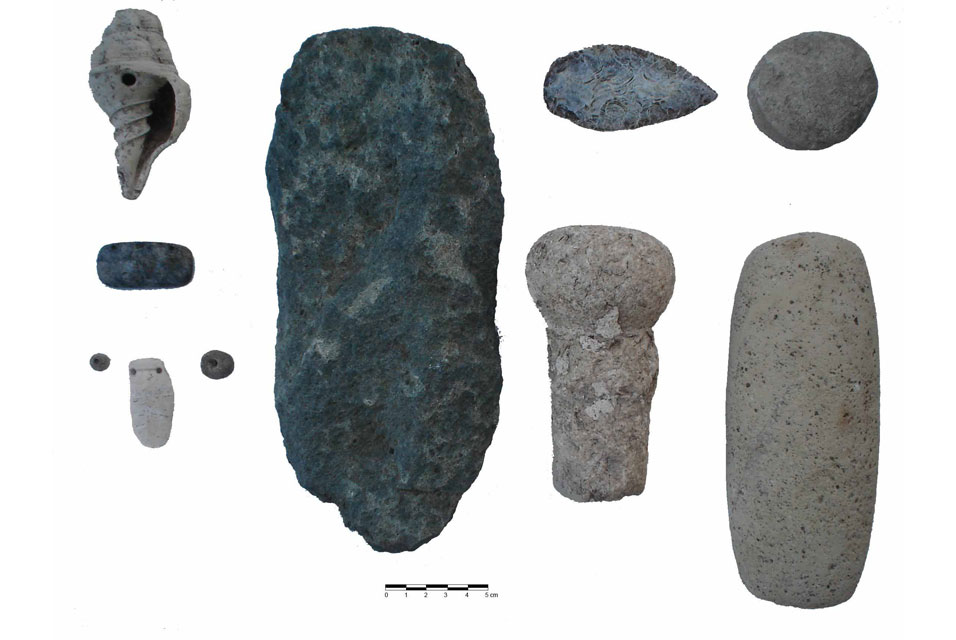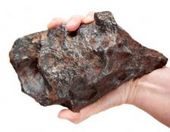
Scientists are working to coax those semiconductors to be more than conveyers, to actually perform some functions like magnets, such as data recording and electronic control. So far most of those effects could only be achieved at very cold temperatures: minus 260 degrees Celsius or more than 400 below zero Fahrenheit, likely too cold for most computer users.
However, researchers led by a University of Washington chemist report on Aug. 21 in Science that they have been able to train tiny semiconductor crystals, called nanocrystals or quantum dots, to display new magnetic functions at room temperature using light as a trigger.
Silicon-based semiconductor chips incorporate tiny transistors that manipulate electrons based on their charges. Scientists also are working on ways to use electricity to manipulate the electrons' magnetism, referred to as "spin," but are still searching for the breakthrough that will allow "spintronics" to function at room temperature without losing large amounts of the capability they have at frigid temperatures.







